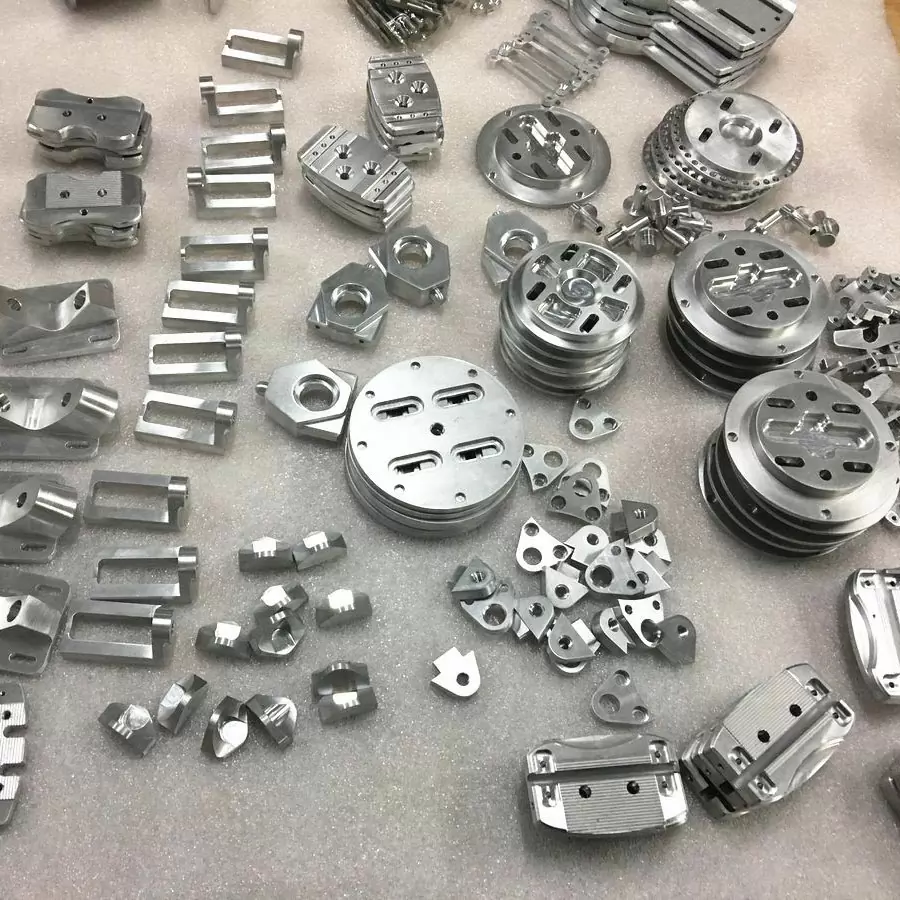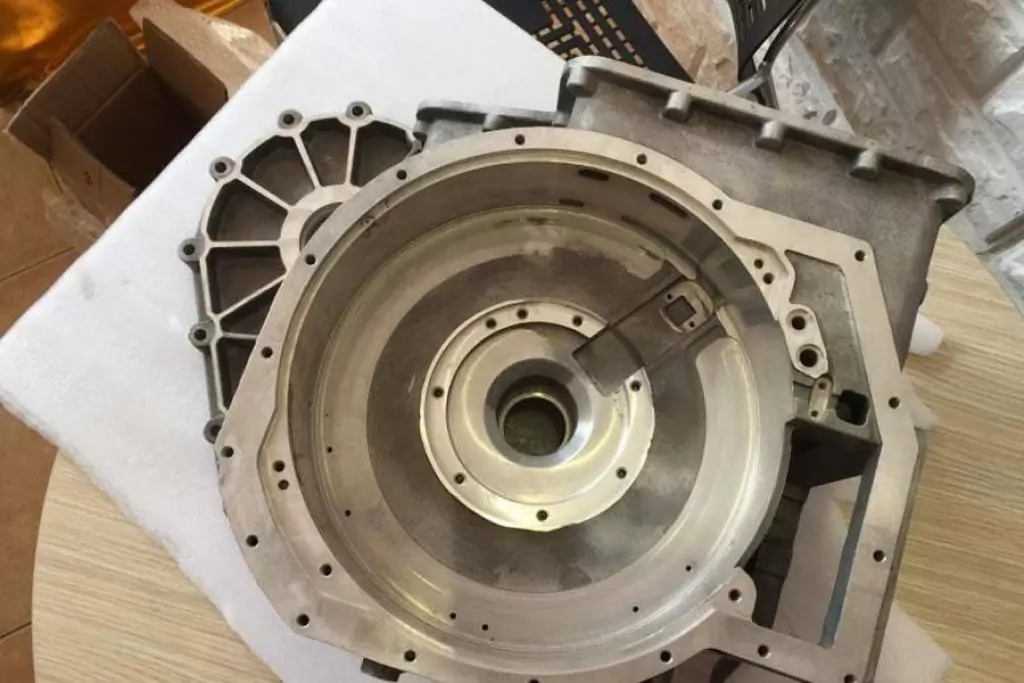Rapid prototyping technology is a new type of comprehensive manufacturing technology involving multiple disciplines. After the 1980s, with the application of computer-aided design, product modeling and design capabilities have been greatly improved. However, after product design is completed and before mass production, samples must be produced to express design ideas and quickly obtain product design feedback information. Evaluate and demonstrate the feasibility of product design. In today’s increasingly competitive market, time is profit. In order to improve the competitiveness of products in the market, the entire process from product development to mass production is urgently required to reduce costs and increase speed. The emergence of rapid prototyping technology provides an effective way to solve this problem, which has attracted much attention at home and abroad.
| Name | Rapid Prototyping | Describes | New Integrated Manufacturing Technology |
| Background | Applications Of Computer Aided Design | Nickname | Prototype Model |

The Brief Define Of Rapid Prototyping
A prototype is an original model that simulates a product and is often used in other industries. A prototype in software development is an early working version of software that reflects important characteristics of the final system.
The rapid prototyping model, also known as the prototype model, is another form of the incremental model; it constructs a prototype before developing the real system, and then gradually completes the development of the entire system on the basis of the prototype. For example, if a customer needs an ATM software, a prototype software that only includes card swiping, password detection, data input, and bill printing can be designed and provided to the customer, but network processing and database access, data emergency, and fault handling are not included at this time. Serve. The first step in the rapid prototyping model is to build a rapid prototype to realize the interaction between customers or future users and the system. Users or customers evaluate the prototype and further refine the requirements of the software to be developed. By gradually adjusting the prototype to meet the customer’s requirements, the developer can determine what the customer’s real needs are; the second step builds on the first step to develop a software product that the customer is satisfied with.

The Reasons For Rapid Prototyping
Due to various reasons, it is very difficult to obtain a complete, consistent, accurate and reasonable requirement specification in the requirement analysis stage. After obtaining a set of basic requirement specification, it can be quickly “implemented”, and through prototype feedback, deepen the understanding of the system. Understand and meet the basic requirements of users, so that users can be inspired in the trial process, supplement and refine the requirements description, eliminate uncoordinated system requirements, and gradually determine various requirements, so as to obtain reasonable, coordinated, unambiguous, Complete, realistic requirements specification. The rapid prototyping idea is used in other stages of software development, and it is extended to the whole process of software development. That is, develop a simple but operational system prototype with relatively low cost and short cycle to demonstrate to users or let users try it out, so as to clarify and test some main design strategies as soon as possible, and then develop the actual software on this basis. system.
The Fundamentals Of Rapid Prototyping
Rapid prototyping technology is a general term for making product prototypes based on the principle of discrete layering.
The technology integrates computer technology (CNC Machining), laser processing technology (Laser cutting), and new material technology (3D Printing), relying on CAD software to establish a three-dimensional solid model in the computer, and cut it into a series of plane geometric information In this way, the scanning direction and speed of the laser beam are controlled, and the raw materials are selectively processed layer by layer by means of bonding, sintering, polymerization or chemical reaction, so as to quickly accumulate and produce a solid model of the product.
How Does Rapid Prototyping Works?
Due to the different purposes and ways of using prototypes, different strategies are adopted when using prototypes, including discarding strategies and additional strategies.
- The abandonment strategy is to use the prototype for a certain stage of the development process, so that the development results of this stage are more complete, accurate, consistent and reliable. After the stage is over, the prototype is discarded. Exploratory and experimental types use this strategy.
- The additional strategy is to use the prototype for the whole process of development. The prototype starts from the most basic core, gradually adds new functions and new requirements, and repeats the repeated modification and expansion, and finally develops into a final system that is satisfactory to the user, an evolutionary rapid prototype is to adopt this strategy.
Which form and which strategy to use rapid prototyping mainly depends on the characteristics of the software project, the quality of personnel, the prototyping tools and technologies that can be supported, etc., which need to be decided according to the characteristics of the actual situation.
The Development steps Of Rapid Prototyping
- Rapid analysis: Under the close cooperation between analysts and users, the basic requirements of the system are quickly determined, and the basic requirements are described according to the characteristics to be embodied by the prototype to meet the needs of developing the prototype.
- Prototype: On the basis of rapid analysis, a feasible system is realized as soon as possible according to the basic requirements specification. This requires the support of strong software tools, and ignores the requirements of the final system in some details, such as security, robustness, exception handling, etc., mainly considering that the prototype system can fully reflect the characteristics to be evaluated, and temporarily delete it All secondary content.
- Running the prototype: This is a step in identifying problems, clearing up misunderstandings, and fully coordinating developers with users.
- Evaluate prototype: On the basis of operation, evaluate and evaluate the characteristics of prototype, analyze whether the operation effect meets the wishes of users, correct misunderstandings in past interactions and errors in analysis, add new requirements, and meet new requirements due to environmental changes or users. System requirements changes caused by ideas, and comprehensive revision suggestions are proposed.
- Modifications: Modifications are made based on the results of activities that evaluate prototypes. If the prototype does not meet the requirements of the requirements specification, indicating that there is an inconsistent understanding of the requirements specification or the implementation plan is not reasonable, the prototype should be quickly modified according to the clear requirements.
The Fabrication Characteristics Of Cnc Rapid Prototyping
Cnc Rapid prototyping technology breaks through the traditional part processing mode of “blank→cutting→finished product”, and creates a precedent for making parts without tools. It is an unprecedented thin-layer superimposed processing method. Compared with traditional machining methods, rapid prototyping has the following advantages:
- Free-form surfaces and parts with more complex shapes can be quickly manufactured, such as grooves, shoulders and hollow parts in the parts, which greatly reduces the development cost and development cycle of new products.
- It belongs to non-contact processing, does not require tools and fixtures necessary for machine tool cutting, and has no tool wear and cutting force influence.
- No vibration, noise and cutting waste.
- Fully automatic production at night can be realized.
- The processing efficiency is high, and the product entity model and mold can be quickly produced.
The Development Path Of Rapid Prototyping
The concept of rapid prototyping technology, that is, the concept of RP (Rapid Prototyping Technology), can be traced back to 1979. Professor Nakagawa Weixiong from the Institute of Production Technology, University of Tokyo, Japan invented the laminated model modeling method. In 1980, Xiaoyu Xiunan proposed the light modeling method. After the idea was put forward, Yoji Marutani continued the research in 1984, and conducted product trial production in 1987.
In 1988, 3D Systems of the United States took the lead in launching a practical device for rapid prototyping—laser three-dimensional modeling or SLA (Stereo Lithography Apparatus), and sold it in the world market with an annual sales growth rate of 30% to 40%. With the improvement of scanning galvanometer performance and the development of material science and computer technology, rapid prototyping technology has become more and more mature, and officially entered the popularization stage in 1994.
